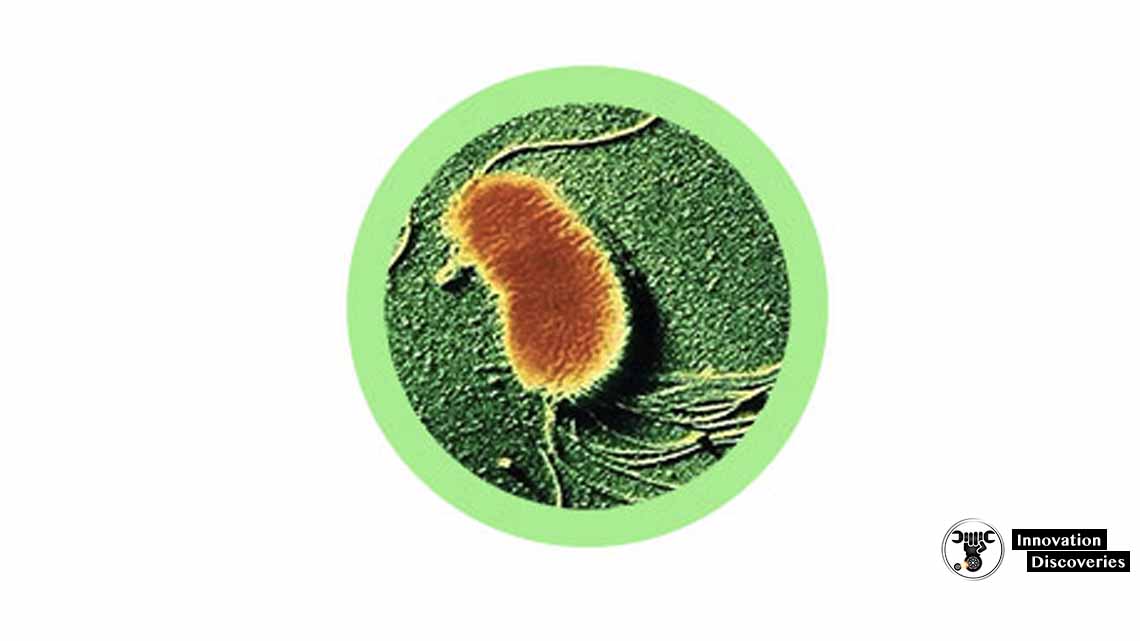Bacteria are a type of biological cell. They constitute a large domain of prokaryotic microorganisms.
It is a member of a large group of unicellular microorganisms
Which have cell walls but lack of nucleus.
Who discovered the electrical Properties of Bacteria?
Bacteria can produce electricity and that it can be harnessed by
Energy generation systems have been known for quite some time.
The University of Minnesota and the University of California at
Berkeley has experimented with a technique that studies on samples of bacteria and gauges.
The bacteria have a specific property that shows their ability to
Produce electricity. Far back as 2003 Daniel Bond and Derek Lovely had showcased;
How the Geobacter sulfurreducens bacteria can be used to
Generate electricity by creating microbial fuel cells.
What is Geobacter sulfurreducens bacteria?
To better understand this electron transfer process for energy production,
Geobacter sulfurreducens was inoculated into chambers in
Which a graphite electrode served as the sole electron acceptor and;
Acetate or hydrogen was the electron donor.

These bacteria found on the bottom of lakes and the sea bed.
But now scientists also find the stomach or belly is found in our bodies.
The scientist found it difficult to classify because of the scale of bacteria that are too small to examine their exact electrical properties.
How the Scientist of MIT found its electrical properties.
The researchers mounted and channeled the bacteria on microfluidic chips.
Microfluidic chip is a set of micro-channels etched or
Molded into a material such as glass or silicon. The micro-channels forming the microfluidic chip are connected to
Achieve the desired features that is to mix, pump, sort,
Or control the biochemical environment. Then they subjected the bacteria to an electric field. But in the middle of the chip, there was an enhanced electric field to create a slope with the surroundings.
The scientists did this by pinching the middle of the chip,
Reducing its width by 100 times.
The gradient of the electric field creates a phenomenon known as dielectrophoresis,
Or a force that makes the cell move in a direction opposite to;
That induced by the applied electric field.
Based on the polarisability of the bacteria
(Electrical properties of their surfaces)
They either get repelled or stopped in their tracks. The ones which had higher polarisability were also found to be electrochemically active.
It, in effect, may become a source for identifying the bacteria with useful electrical properties. The research group researched several strains of bacteria including those of Bioengineered and described their electrical properties in detail.
How did it work?
Bacteria produce electricity by a process known as extracellular electron transfer (EET). The microbes do this by generating electrons within their cells,
Then transferring them across their cell membranes through tiny channels formed by surface proteins. Some bacteria even form long surface proteins and;
Extensions to build a network of electricity-producing bacteria,
Especially those living on river banks.
They are studying these new strains of bacteria using the microfluidic dielectrophoresis technique. If the same trend of correlation stands for those newer strains, then this technique can have a broader application, in clean energy generation, bioremediation, and biofuel production,” said Qianru Wang one of the authors of the paper and a postdoctoral researcher at MIT.


2 Comments